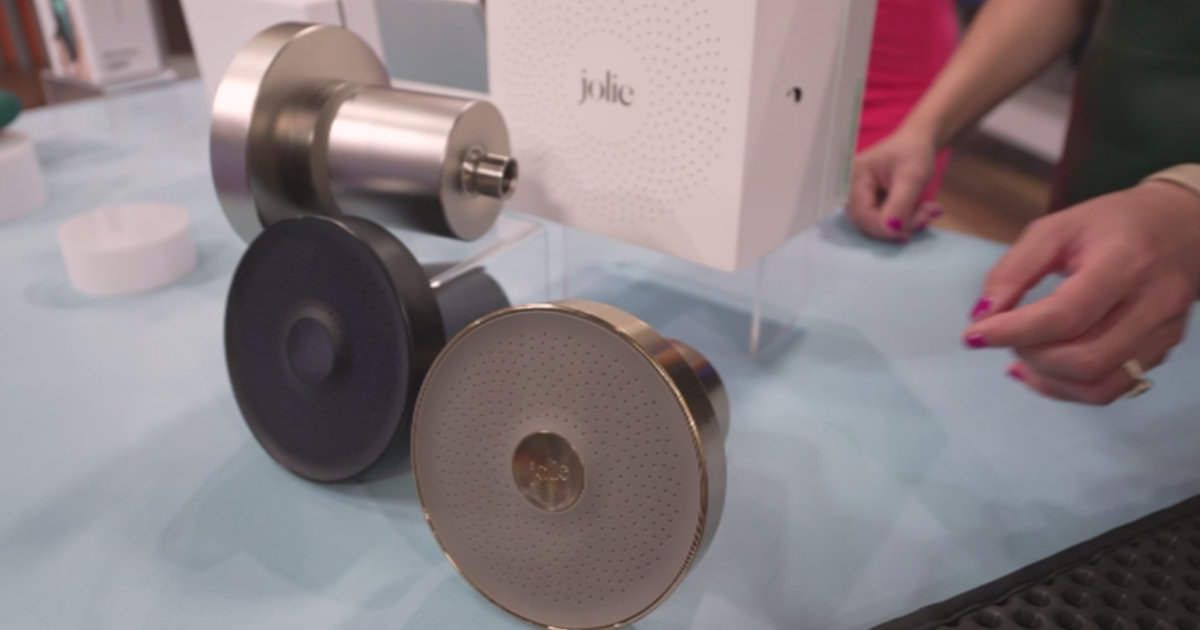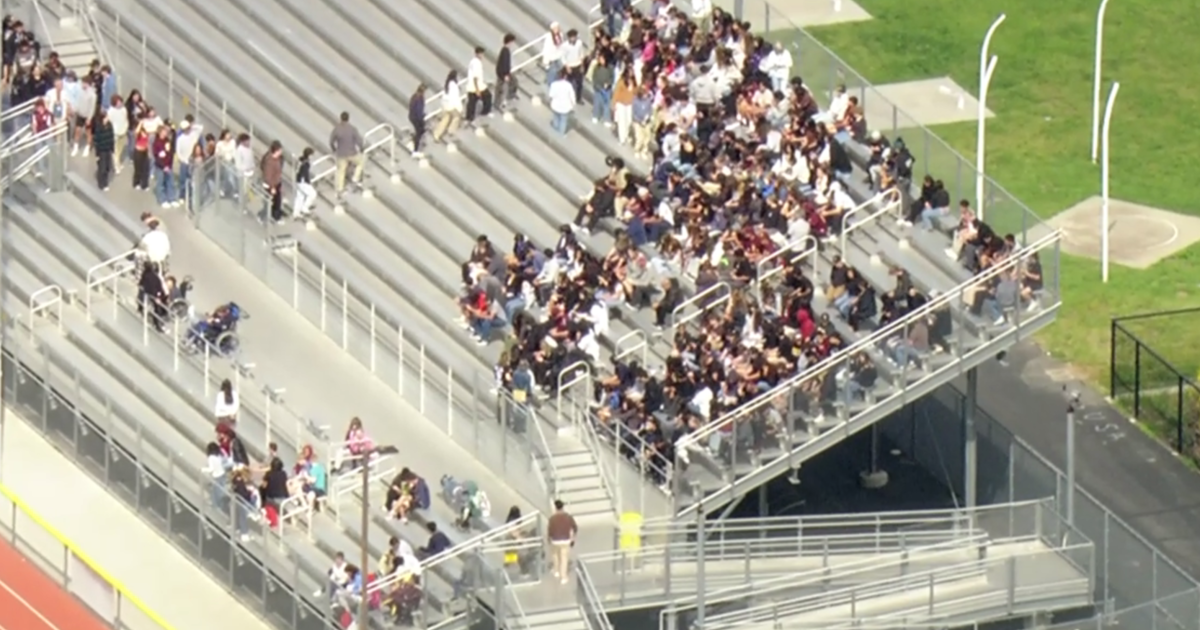How Technology and Architecture are Coming Together to Create New 'Smart Buildings'
By Mark G. McLaughlin
“Smart” buildings are all the rage in architecture these days. A smart building is one that makes use of the latest automated technology to adjust everything from air conditioning and lighting to security and ventilation. While most new construction is designed to be smart from the start, not all smart buildings are brand new; many are being retrofitted with new technologies that automate key functions without altering the look and character of the building.
Smart building technologies are designed to make buildings operate more efficiently and keep their occupants comfortable and safe – and thus more productive. Making a smart building, or making a building smart, begins by linking core systems such as lighting, power meters, water meters, pumps, heating, fire alarms and chiller plants with sensors and control systems. At a more advanced stage, even elevators, access systems and shading can become part of the system. Here are just five examples of how technology and architecture are coming together to create new smart buildings.
Going Blue: Incorporating Bluetooth Technology
Bluetooth Mesh takes the technology that is found in communication devices and expands it to turn an entire building into a network of sensors and beacons. These sensors and beacons enable people to find the office, store or facility they need and shows them how to get there, and enables retailers to personalize promotions and direct shoppers with their targets. While this can help retailers by boosting traffic and sales, it can also and assist building managers in, well, managing their assets and doing so more efficiently. Bluetooth, in particular, is designed to reduce the amount of energy used to power heating, air condition, ventilation and lighting systems, and thus not only lower operating costs but also extending the life of those and other core systems.
The Magic of InnerSpace design
InnerSpace technology creates a database of the interior of a building to enable what the company that developed this technology calls “digitizing the indoor experience.” Their technology is used to design indoor space to make the most efficient use of that space and thus minimize expenses and maximize profits. In older buildings, this technology is used to reconfigure indoor space, streamline traffic, and map and model how a building is used by its occupants and visitors. A network of sensors continually collects and analyzes data to help maximize layouts and to warn of potential hazards from fire and structural threats to security issues.
Using the Internet of Things (IoT) to create intelligent buildings
The Internet of Things (IoT) is a network of devices, appliances, electronics, software and actuators that when built into a building make it almost come alive. Whether built into the design or added on later, this network creates an ecosystem that connects physical objects and allows them to communicate with one another without the need for human interaction. This allows for a building to continually self-correct its energy usages, update its security sensors and monitor everything that is going on, from the number of visitors to the need to trip alarms to warn of security breaches or dangers.
Cognitive Buildings with Building Information Modeling (BIM)
Building Information Modeling or BIM technology helps design not only smart buildings, but cognitive buildings. It is also used in designing green buildings as well as in the design of “intelligent prefabrications” of and for buildings. Architects, civil engineers, facility managers, the makers of building systems and the manufacturers of components for buildings and these systems all make use of BIM technology in the design, construction, retrofitting and operation of buildings. A building created or enhanced with BIM technology is safer, more sustainable, and more reliable, as this system helps reduce and even prevent building equipment downtime. All of this translate to a building with is less costly and thus more profitable to manage.
Semiconductors and Smart Buildings
Incorporating semiconductor technology into building design and operation has enabled architects to automate many of the “moving parts” of a building. This technology makes use of a wide network of regulators, controllers, touchscreens, proximity devices, wireless transceivers and solid state relays. These not only facilitates but goes beyond mere building temperature control and security functions to include maintenance system monitoring and surge protection, along with other component systems that reduce waste, improve sustainability and prevent damage to the smart building infrastructure.



